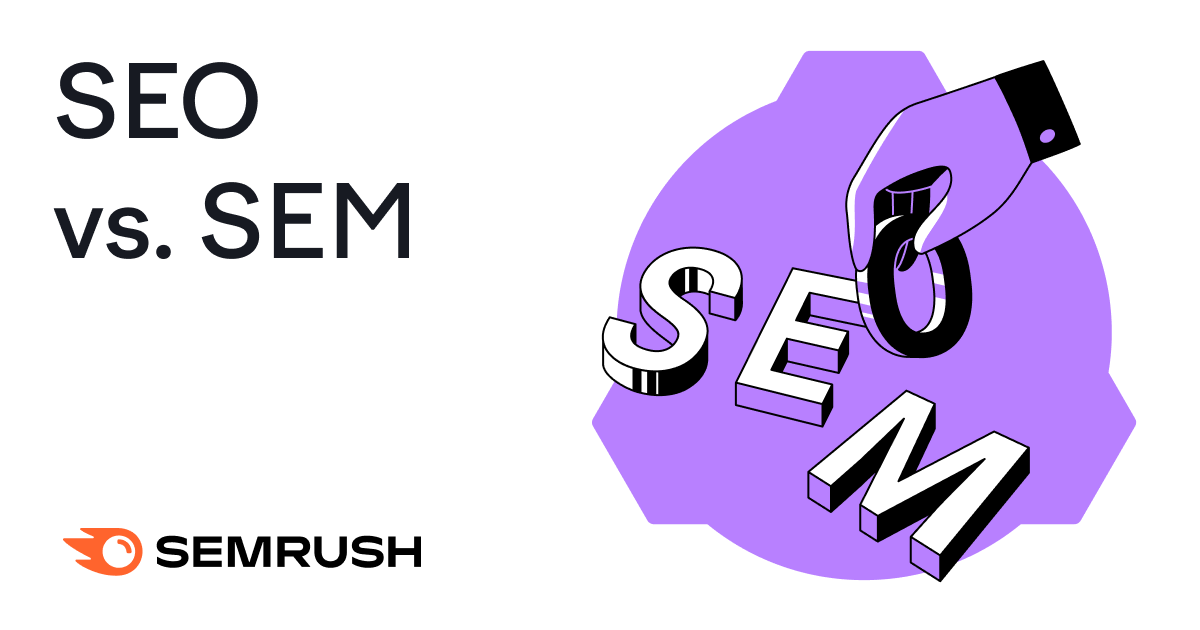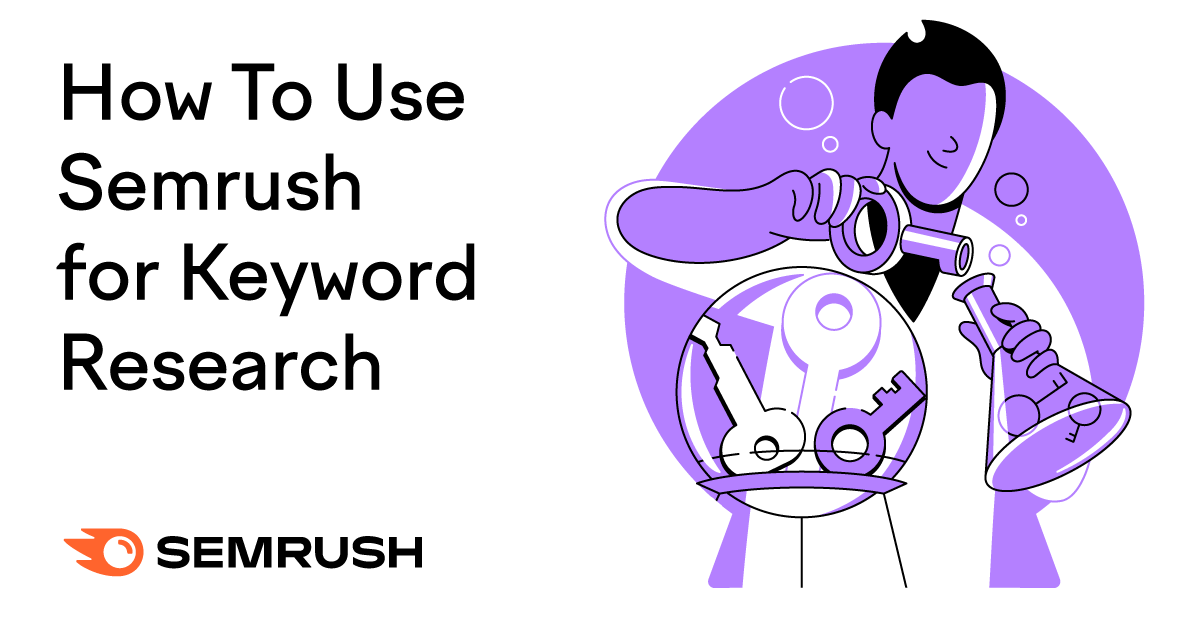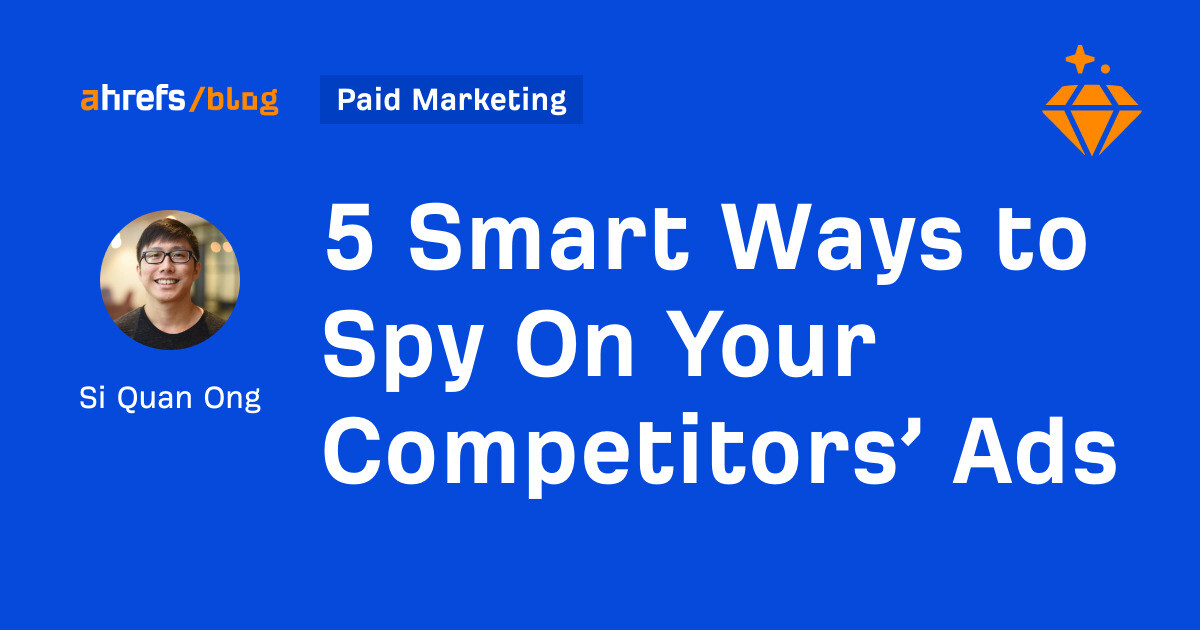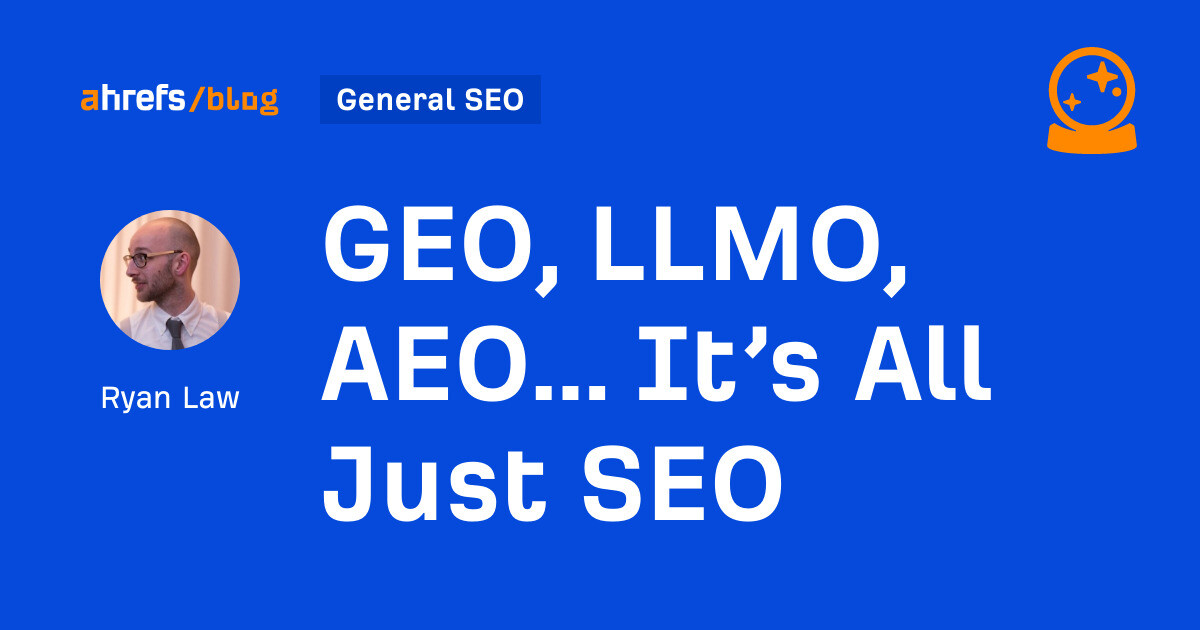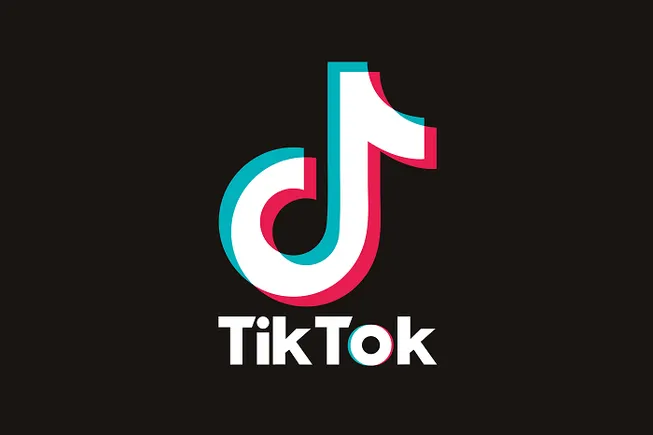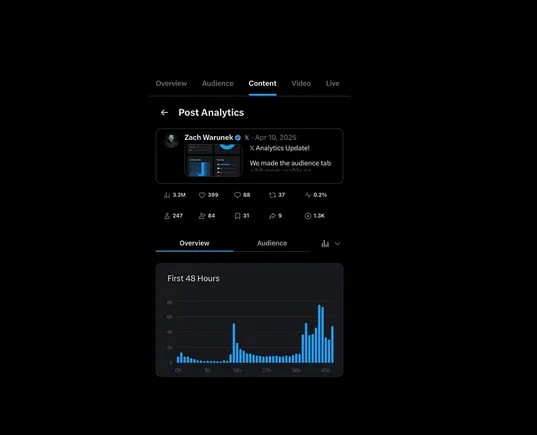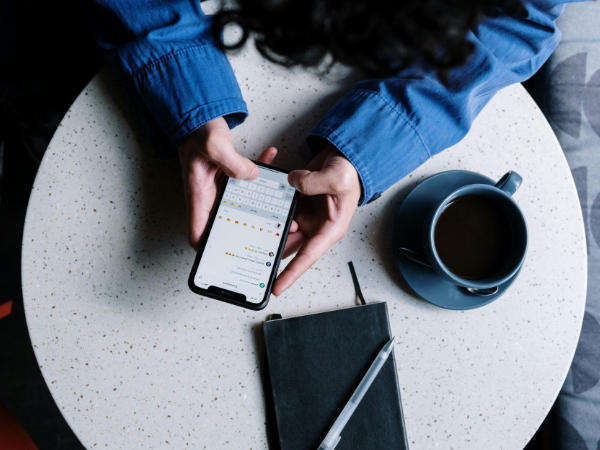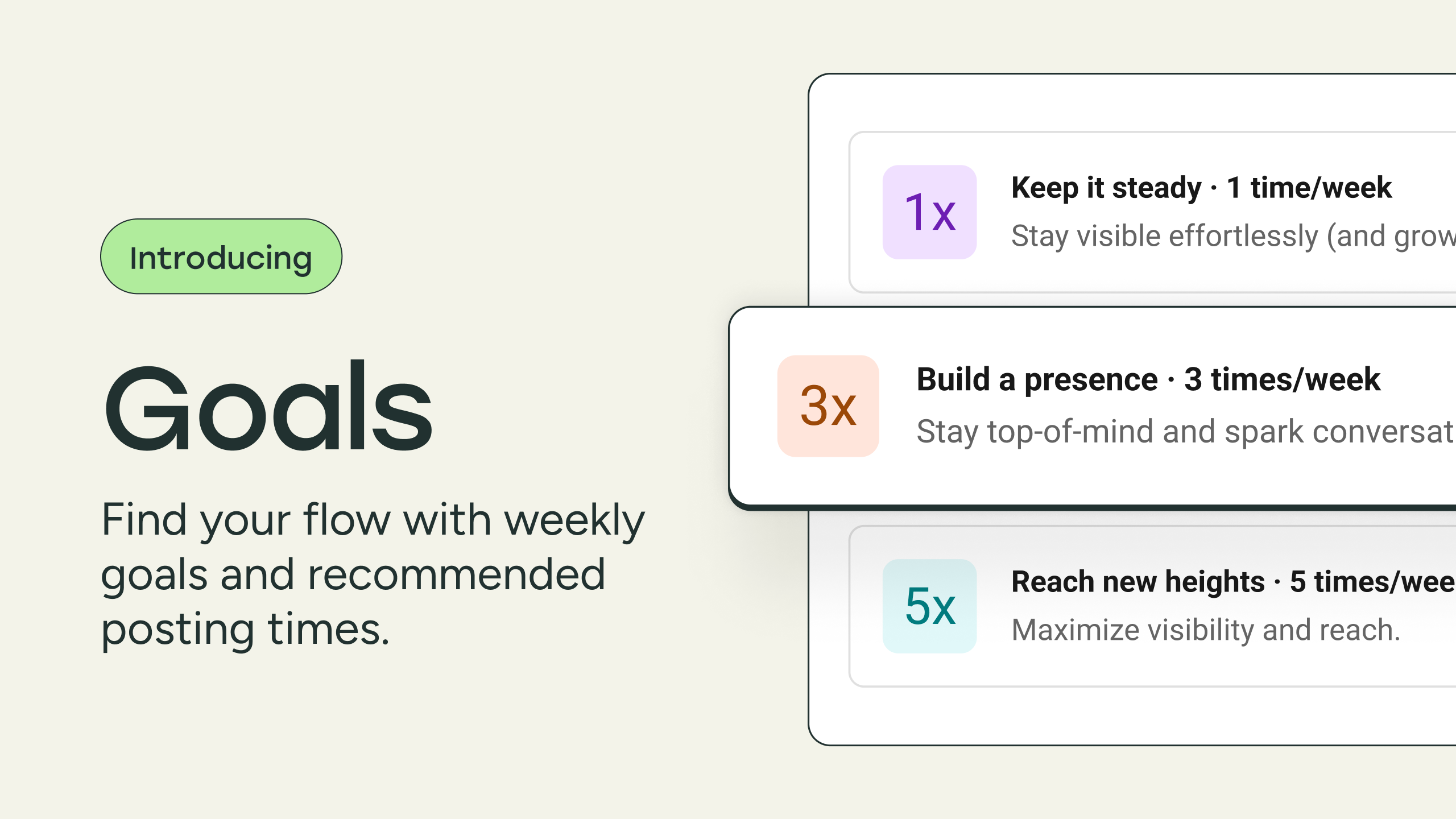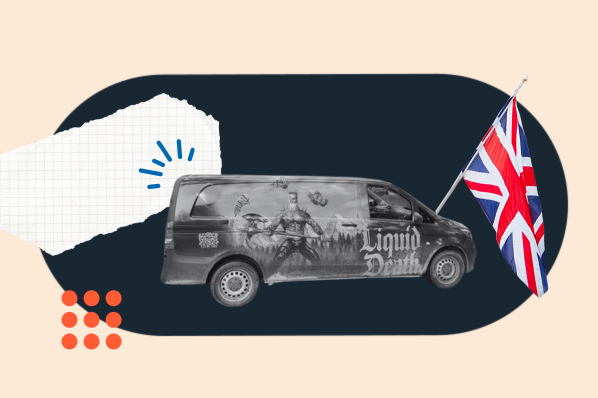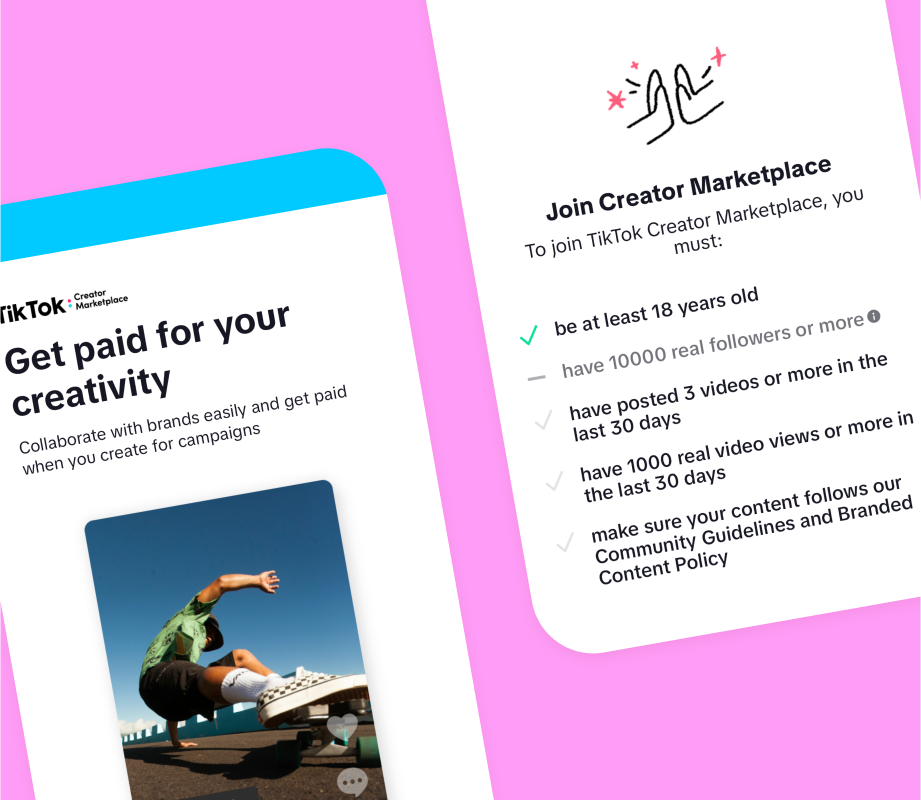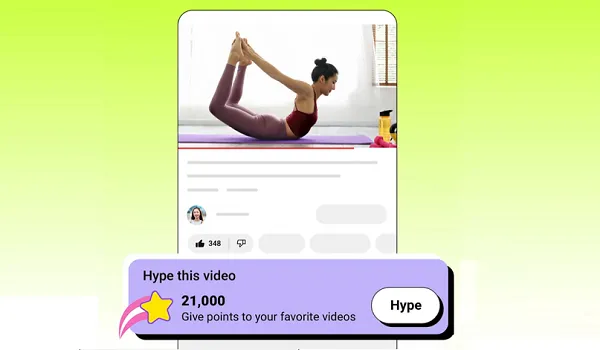Social mentions: How to track them and when to respond
Find out what social mentions are, why they matter, and how to engage with them to build a strong relationship with your audience. The post Social mentions: How to track them and when to respond appeared first on Social Media Marketing & Management Dashboard.

TL;DR
- Tracking sentiment will help you prevent crises and build advocacy. Quickly address negative mentions to avoid PR issues and engage positive ones to identify brand ambassadors for influencer campaigns.
- Mentions can be turned into authentic content. Repurpose user-generated content from social mentions into testimonials, campaign assets, or mini-case studies. Follow up with customers to gather details that align with business goals, like their specific take on product benefits.
- Mentions = market and competitive research. Use AI tools like to analyze mentions for trends and customer needs, e.g. new feature requests. Track competitors’ mentions to benchmark performance and find strategic opportunities in public data.
People are talking about your brand on social media, whether you see those social mentions or not. They’re talking about you to friends, colleagues, and yes, even competitors.
Read on to learn why social media mentions matter, how to find and track them, and when to respond.
What are social mentions?
Social mentions are posts on social media that reference your organization. Social mentions can be posts your brand name is tagged in (i.e. @hootsuite) or when your organization’s name is written in a text caption.
Here’s an example of Hootsuite being mentioned, or tagged, with the ‘@’ symbol:
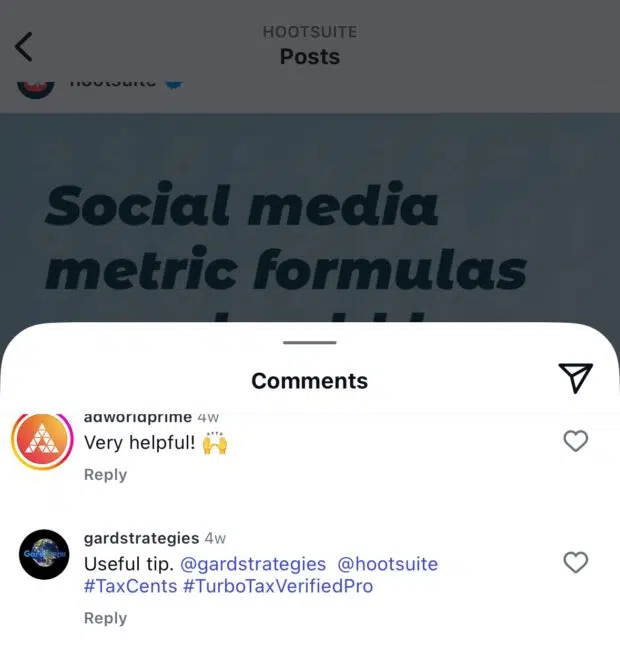
Source: @hootsuite on Instagram
And here’s an untagged social mention of Hootsuite:
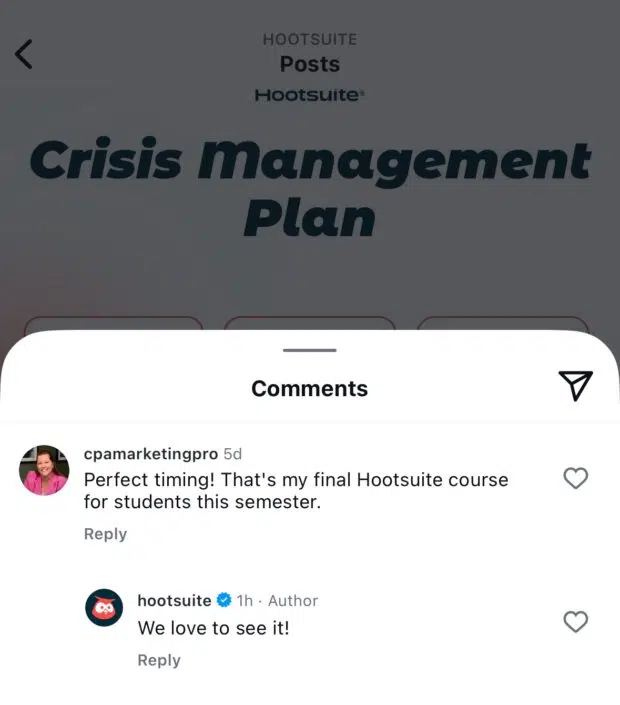
Source: @hootsuite on Instagram
Most social media platforms notify you when you’re tagged (@hootsuite). It usually means someone is trying to flag something, or wants a response from you.
Both tagged and untagged social mentions are an indication of brand awareness — and can have positive, negative, or neutral effects on your brand. Tracking social mentions is one part of using social listening to improve your social media performance and fine-tune your online presence.
How strategic marketers use social mentions
As marketing pioneer Bill Bernbach once said, “Word of mouth is the best medium of all.” What Bernbach knew 75 years ago is what’s still true today: relationships drive sales. And social media is all about building relationships.
Here are nine ways to use social mentions in your social listening strategy.
Understand audience sentiment
Social media listening tools find what people are saying, and the best ones can also uncover the emotions behind their words.
Monitoring your ratios of overall positive, neutral, and negative brand sentiment keeps a bird’s eye view on your brand reputation.
A spike toward positive sentiment? Find out what it is and capitalize on the moment.
A spike toward negative mentions? Find out what it is and address it head-on as early as possible.
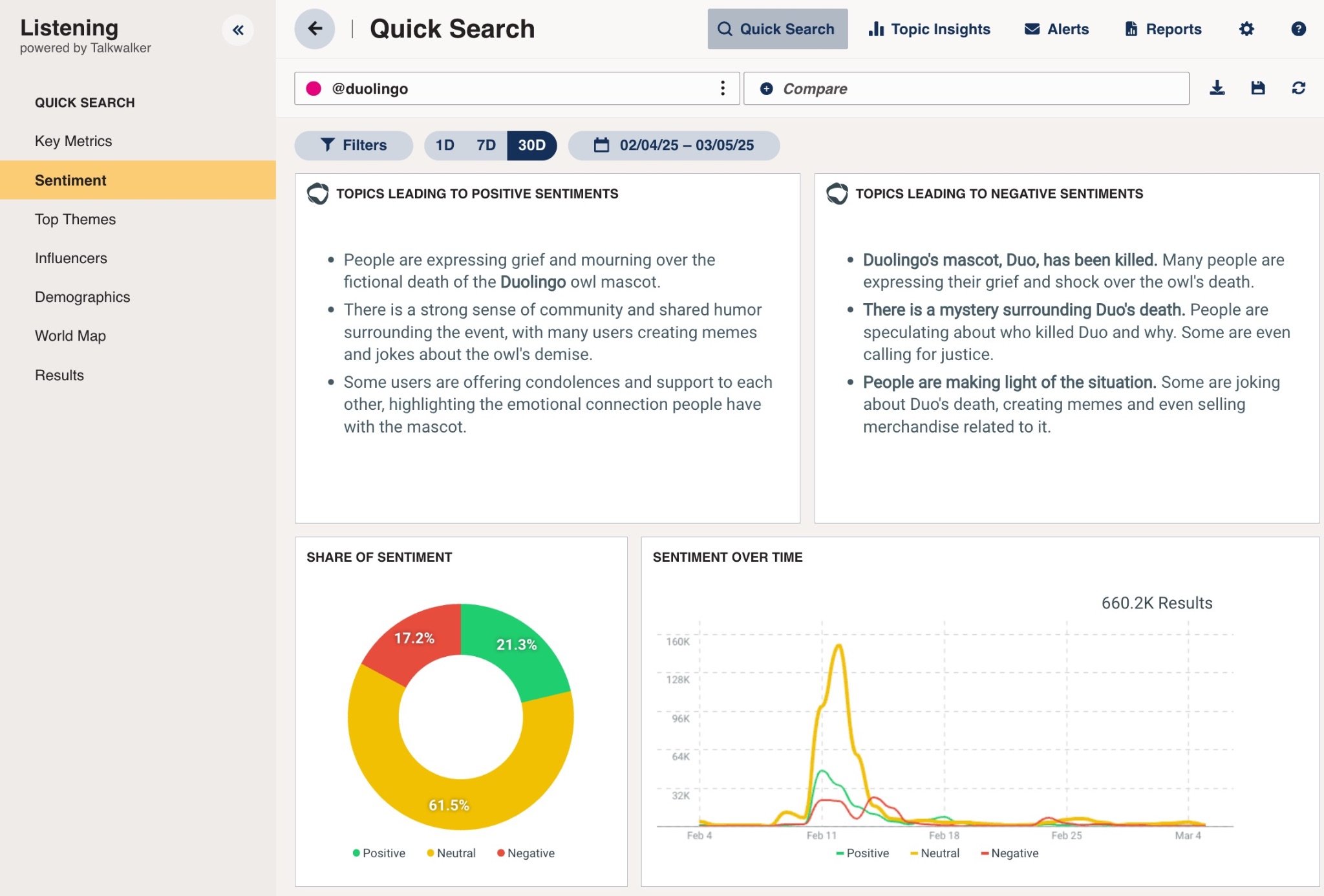
Nip crises in the bud
Monitoring social media mentions is powerful because you can often avoid a small negative sentiment spike from snowballing into a PR nightmare.
Pay attention when your organization is tagged in social mentions, especially if it’s negative. Try and reframe it from ‘negative’ to ‘constructive’ in your mind. Social mentions are an invitation for dialogue — that customer wants to talk to you to solve the problem — and an opportunity to turn a negative situation into a positive one.
While a few negative social mentions aren’t a crisis, it’s still a good idea to have a PR emergency plan so you can react quickly, if needed.
Find brand ambassadors
Social mentions also help you turn happy customers into bonafide brand heroes — people who shout their love for your brand from the rooftops. Identifying brand ambassadors opens up partnership possibilities for influencer marketing campaigns.
With spending on influencer marketing strategies expected to surpass both social media and digital ads for the first time in 2025, social mentions could be the key to unlocking a major competitive advantage for you.
While social media users of all ages interact with influencers, Gen Z does much more often and proactively seeks out content from them.
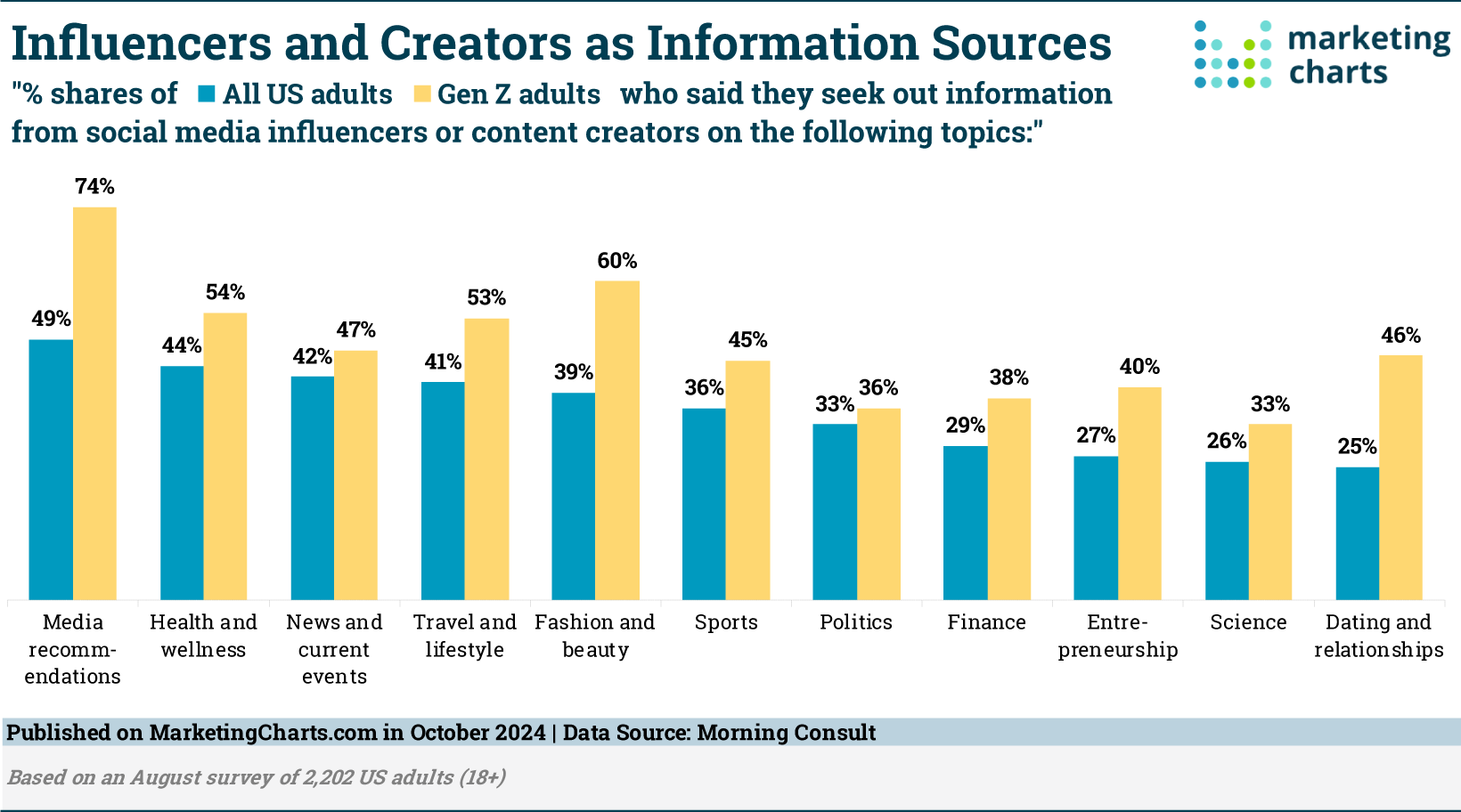
Source: MarketingCharts
Identify organic UGC
User-generated content (UGC) is anything your customers share publicly, for free, about you or your products. It’s real, authentic content that works… because it’s content by your customers.
UGC is powerful because trust is the biggest factor to winning (and keeping) customer loyalty: 87% of people would pay more for products/services from brands they trust.
Besides building trust on social media, UGC content is an asset you can use in many ways, such as:
- Testimonials and reviews on your website.
- Photos and videos for campaigns.
- Sharing UGC on your own social media channels, like @moment does here:
Get new product and marketing ideas
Monitoring social mentions helps you use social listening to understand your audience. Yes, to find out what topics they care about, but also to understand which actions you can take to turn social media posts into social media performance — just like the NBA did to increase their social views by 352% and boost fan engagement.
Using Hootsuite Listening and Talkwalker, the NBA identified their most engaging posts and why people engaged with them. The combination of emotional drivers and content analysis identified a clear path forward — creating the original and behind-the-scenes content their target audience craved — backed up by data.
The result? The NBA successfully achieved their goal of increasing engagement — 27% year-over-year — as well as a 46% increase in impressions and an average 352% more video views.
“[Hootsuite] showed us that engagement spikes when we lean into content that is authentic and fosters two-way dialogue. Social Content Ratings allow us to contextualize our results with other like markets across the NBA, helping us effectively communicate the value of efforts to leadership.”
– Director, Social Media, NBA
Other ways to gain product or social media marketing ideas from social mentions include:
- Using AI to compile a list of most requested product features.
- Identify trends in customer support and create a FAQ resource.
- Invite top brand advocates to beta test new features (and make them feel valued).
Peep on competitors
Put away your wetsuit, there’s no need for a clandestine trip along the sewage tunnels to gather competitive intelligence.
Tracking your own social mentions helps you understand your audience, monitor brand reputation, get new content ideas, find influencers to partner with, and more… but what if you tracked your competitors’ social mentions?
Yes, you can live your best Bond moment while also knowing everything your competitors are doing. And there’s nothing shady or dishonest about it. You’re scanning and analyzing 100% public content — social media mentions from your competitors’ customers.
Combine what you learn with the benchmarking tools in Hootsuite to see how your social media performance compares to specific competitors and industry averages.

Create mini case studies
Let’s take a hypothetical social mention (for a fake company) and turn it into a sales asset…
You log in and see this social mention:
“I love my new closet system from @MichellesMess! It’s so refreshing not seeing piles of junk first thing in the morning.”
Of course, reply and thank the customer for sharing. You could even share it as a post to build social proof, and add the testimonial to your website.
Let’s say this customer comment ties into one of your main business goals this year: expanding your home cleaning company to offer organization services and consulting. You can get more out of this social mention by turning it into a mini case study.
It doesn’t need to be long — a short blog post or 1-page PDF — and by gathering a few more details from your customer, you end up with a sales tool to help you reach your expansion goals. In other words: using social media to drive real business outcomes.
Thank your customer for the shoutout, then DM them and ask if they’re open to a few more questions about their experience.
Then, gather the three piece of information you need to write a case study:
- The problem: What life was like before they hired you.
- The solution: Their experience working with you, how much they like the new closet, etc.
- The result: How has life tangibly changed now? Less stress? Quicker getting ready in the morning? Better mental health? More energy?
Ba-da-bing, a case study that dives deeper than a one-line testimonial to fuel new leads.
Inspire fresh content
Social media monitoring for what’s going on in the world can inspire what you post next: 27% of brands already switch up their content based on current memes, trends, or hashtags.
For example, if you wanted to capitalize on the popularity of memes, you could look up the most talked about TV series over the last week (how to do this with Talkwalker by Hootsuite covered later!). Then, create a meme that’s relatable to your target audience.

When responding to social mentions of your brand, write down any content ideas you get. For example, getting multiple questions about store hours? Make a social post of your hours and pin it to your profile.
Use AI to identify patterns
It would take hours (years? lifetimes?) to manually scan social mentions and extract common themes.
AI can identify patterns in your social mentions and summarize them, making it easy to capitalize on opportunities. BlueSilk AI, a one-of-a-kind AI model built into Hootsuite Listening, shows you real-time insights from billions of data points — something not even a room full of super genius humans could do.
Predict trending topics, monitor online conversations, identify emotional responses to your brand name, and much more.

When and how you should respond to social mentions
TL;DR? Respond to all social mentions. There are also a few situations where a specific type of response is best.
1. Reinforce your messaging
When a customer points out one of your product features — in this example, the camera’s versatility — offer a quick response that reinforces why it matters. Your customer will appreciate the response while others reading the comment will have another exposure to your brand messaging.
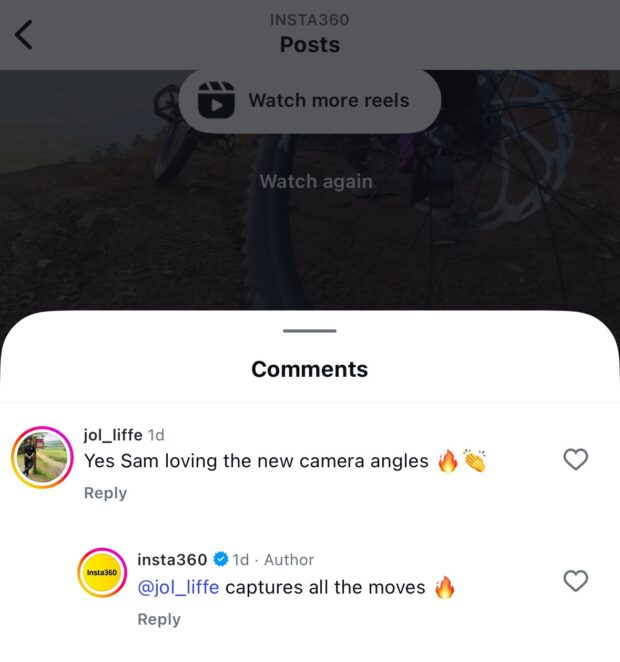
Source: @insta360 on Instagram
2. Acknowledge customer feedback
Glossier has a history of following through on feedback to ensure their product lineup matches customer expectations.
If customer comments influence a business decision, say so. It shows you’re listening and care about your customers.
3. Apologize
If the trust between you and your customers is negatively affected, it’s important to take responsibility and apologize. That said, it needs to be genuine for your audience to believe you. Ideally, your apology also features next steps you’re taking to ensure the issue doesn’t happen again.
4. Manage a crisis head-on
If you anticipate PR trouble, it’s best to be proactive. For one of their NGO clients serving a vulnerable population, PR agency DIE PR-BERATER set up Talkwalker by Hootsuite alerts for notifications of sentiment spikes, monitored activity in other parts of the world, and created messaging guidelines so that their responses stayed unbiased.
This meant they were ready when, as expected, activists targeted their client with negative social mentions. By having a plan in place, they successfully navigated the crisis and preserved their client’s brand reputation in the process.
5. Capitalize on a positive moment
Not all brands will be lucky enough to experience “the Taylor Swift effect,” where one photo or social media mention connecting you with the megastar could skyrocket sales. But if a big celeb or popular social media account mentions you, be ready!
Identifying a spike in mentions or traffic should immediately set you into action. That’s exactly what Jade Robinson, owner of Little Lies, did after a photo of Taylor Swift wearing one of her dresses went viral and her social mentions popped off:

Results for search query [“Taylor Swift Little Lies Dress” OR “Taylor Swift Green Velvet Dress” OR “Little Lies Green Dress” OR “Little Lies Green Velvet Dress” OR “Little Lies Velvet Dress”]
She posted this in response:
As a result, the dress sold out instantly but the effects are far more long-term than just one dress.
“What the Taylor Swift Effect has done is given us the luxury of taking some time to really tell our story. We slowed down and really spoke to our followers about our core values as a brand, as well as the journey of our product development — this, in turn, has resulted in a more engaged audience.”
– Jade Robinson, Owner of Little Lies
How to track social mentions with Hootsuite
First step: claim your free trial of Hootsuite.
Get started in just a few minutes with the steps below, or watch this to see Hootsuite Listening in action:
1. Discover trends with Quick Search
Always know the latest trends people are talking about on social media. Get the big picture globally or dive deep into a region.
Type in your keyword and boom, instant data. Hootsuite Listening Basics allows tracking of two specific keywords and data from the past seven days, with more options available in upgraded plans.
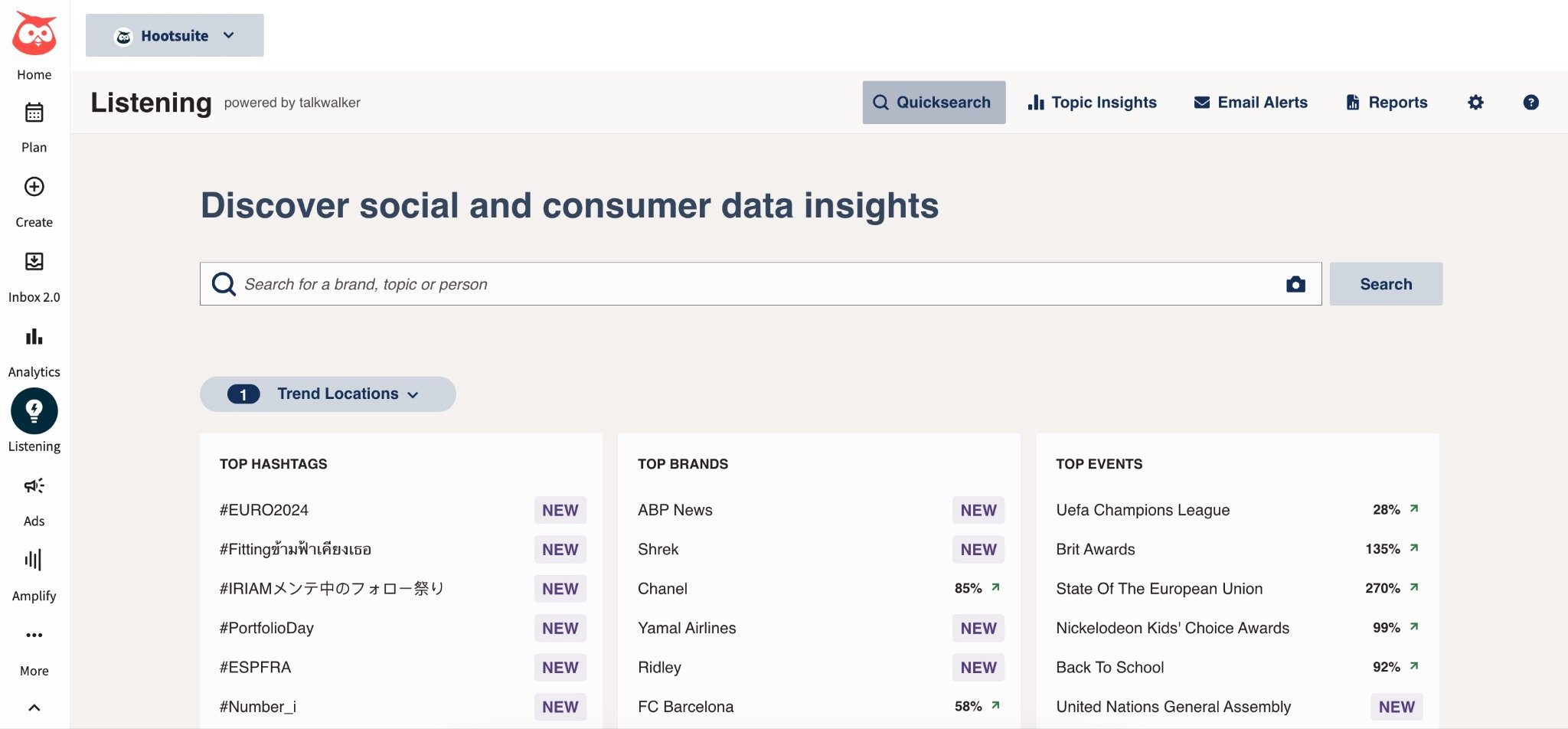
2. Check your key metrics
Are more people talking about your organization this week? Search and ye shall see, along with the sentiment around these conversations. Know where you stand at a glance, as well as how people feel about you.

3. Identify related themes
What are people talking about when they talk about you? Identify all the other topics people mention most alongside your brand name. Or search for a topic to see other related topics.
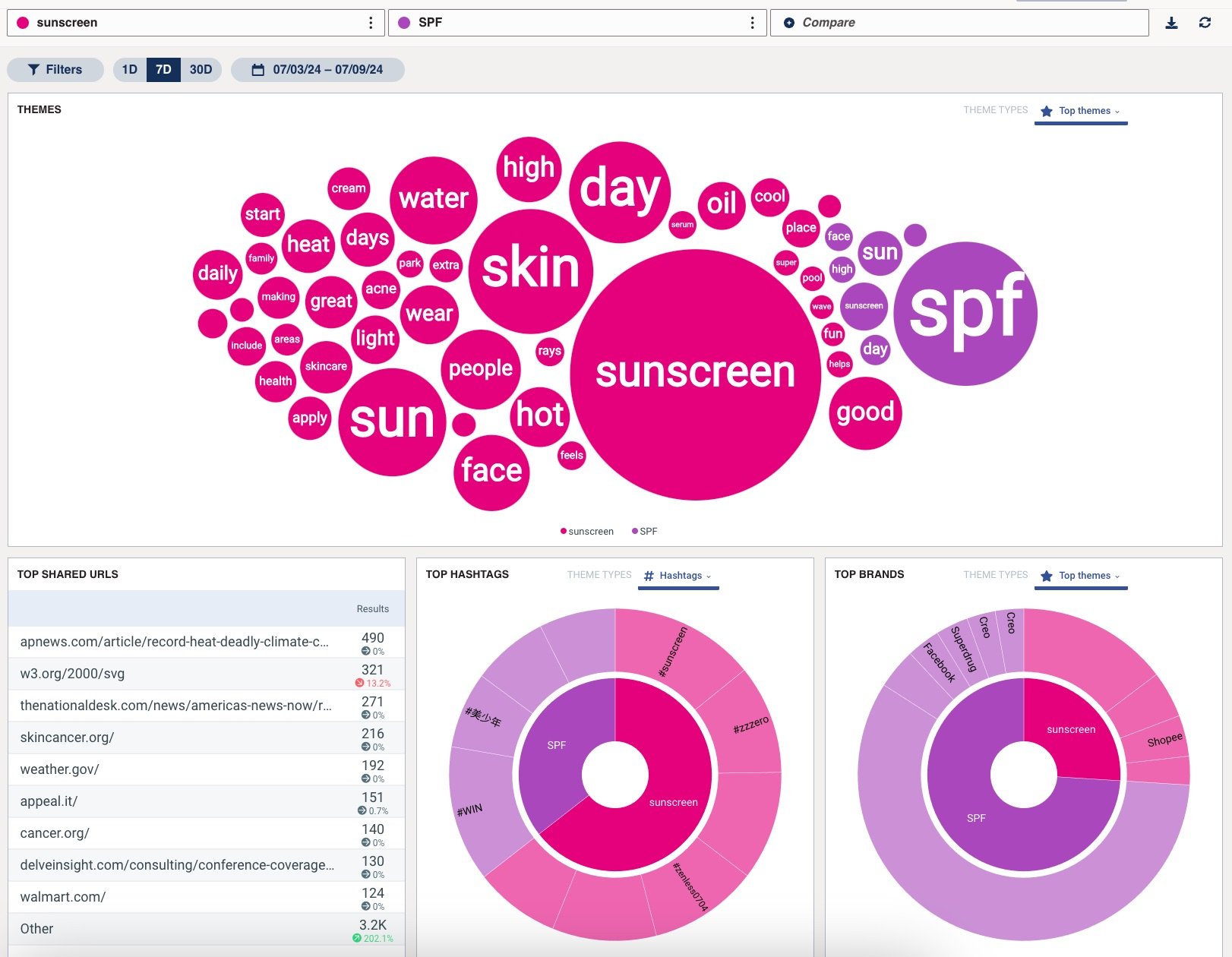
4. Get specific
In the Results tab, you’ll see selected posts for your search, filterable by sentiment, social network, and more. These are perfect for outbound engagement.
Hootsuite Listening tracks mentions across social platforms, forums (like Reddit and Quora), and more.
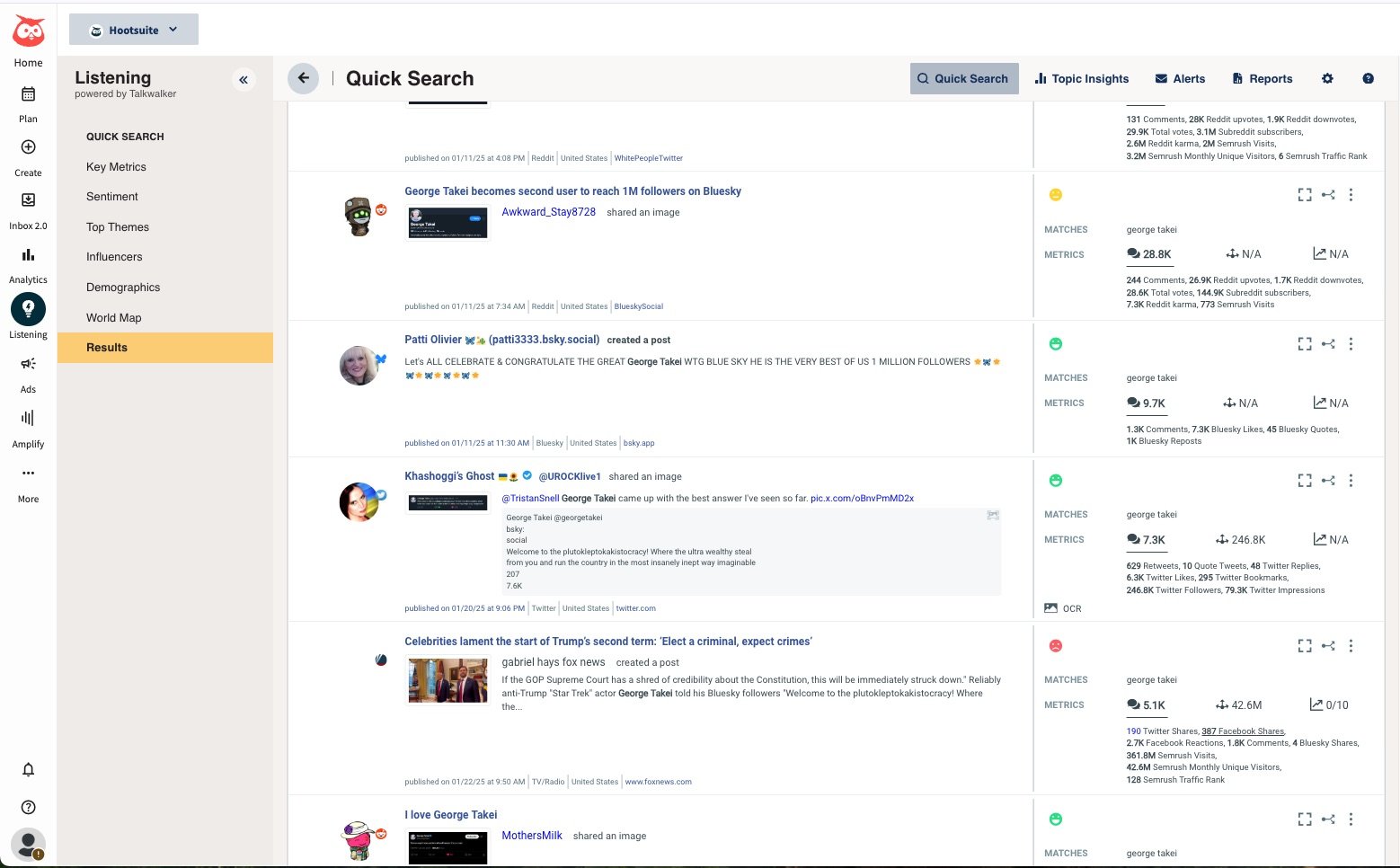
5. Expand your results with boolean operators
For more targeted results, try adding a boolean operator — the words “AND, “OR, or “NOT” — to filter through the noise.
Easily build high-performance searches with our boolean operator generator.
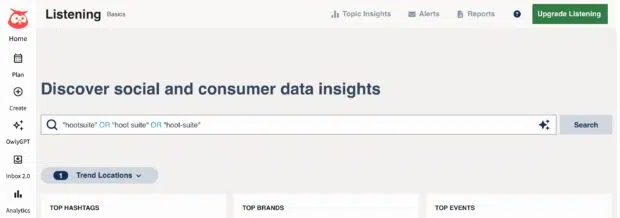
6. Share valuable insights
Social mentions and listening doesn’t exist in a vacuum. Make the most of your discoveries by sharing them with your team. Export the data and metrics you need for presentations to gather buy-in for new social media strategies, and for reporting on results afterwards.
7. Bonus: Get advanced social listening with Talkwalker by Hootsuite
Ready to go deeper? Upgrade from Hootsuite Listening Basics for:
- Sentiment analysis over time
- Alerts of sentiment spikes and key events (so you can actually sleep at night)
- Emotional drivers behind posts to deeply understand your customers
- Identifying top influencers and new opportunities
- Detailed audience demographics
- And much more…
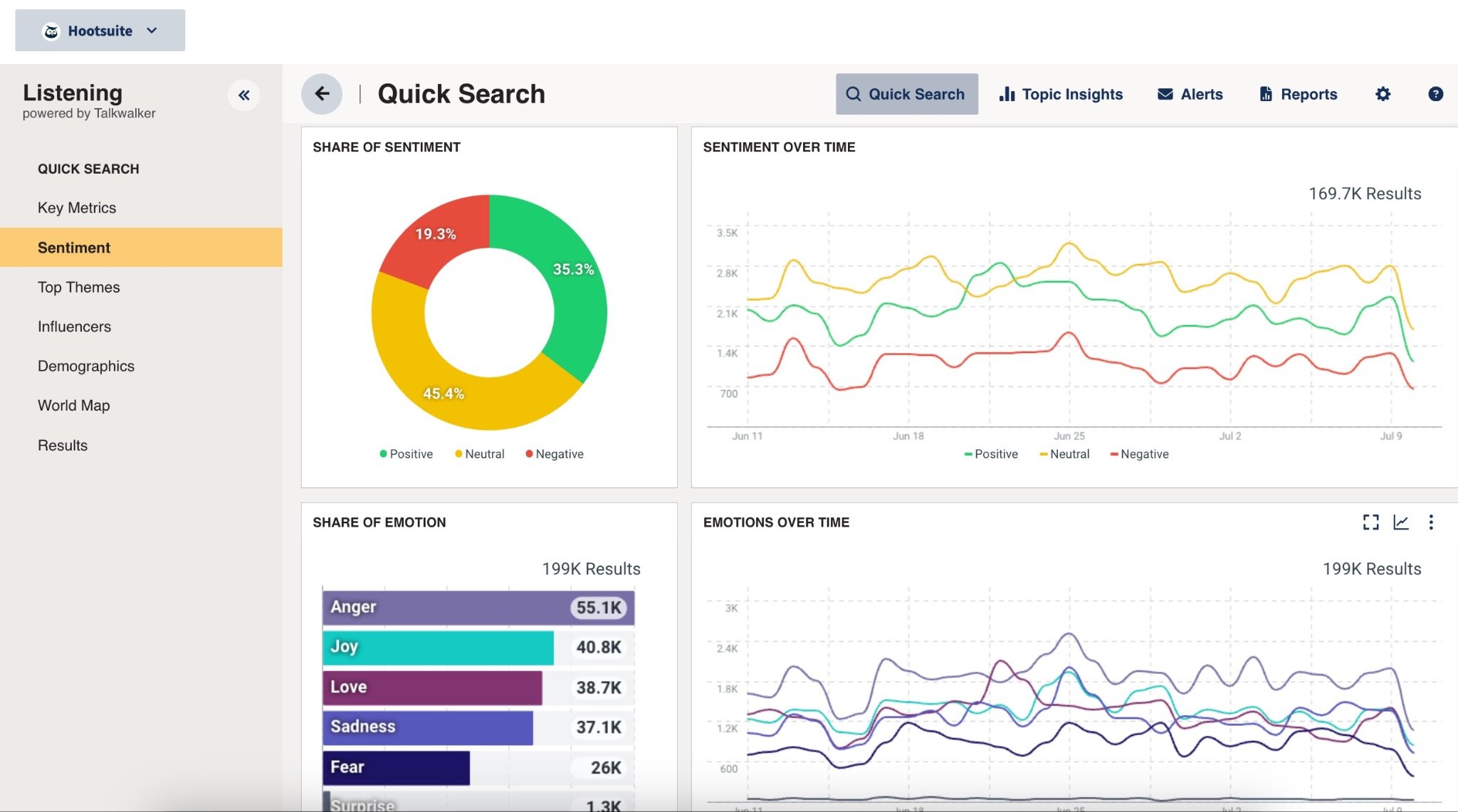
Advanced social listening in Talkwalker by Hootsuite gives you the power to turn social media from a marketing channel into a performance engine. Rev rev.
Go beyond social mentions to gather insights that lead to real business results with Hootsuite Listening and Talkwalker. Plus: schedule content, save time with AI, and boost engagement — for all your social profiles in one place. Try Hootsuite today.
The post Social mentions: How to track them and when to respond appeared first on Social Media Marketing & Management Dashboard.


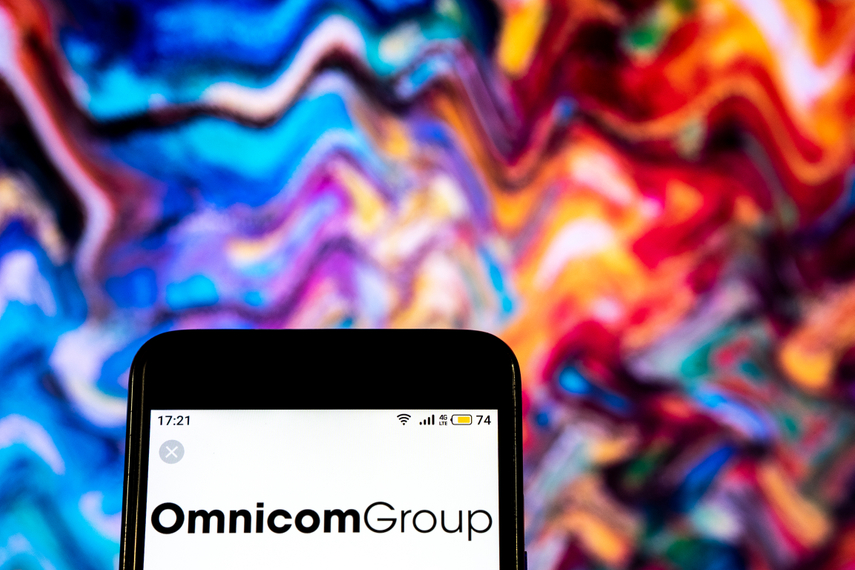













.jpg)

![AI Overviews: We Reverse-Engineered Them So You Don’t Have To [+ What You Need To Do Next]](https://www.searchenginejournal.com/wp-content/uploads/2025/04/featured-438.png)







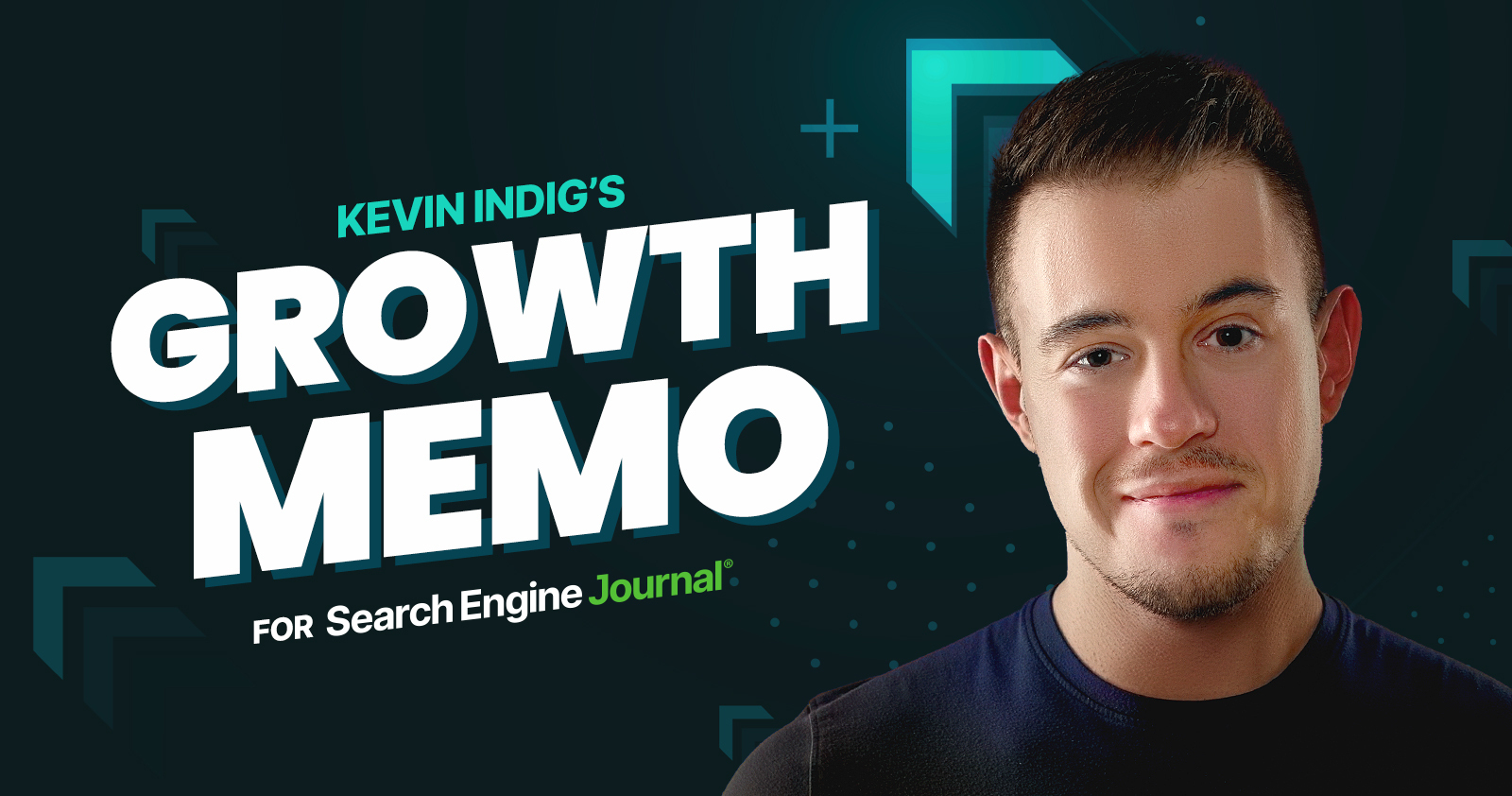
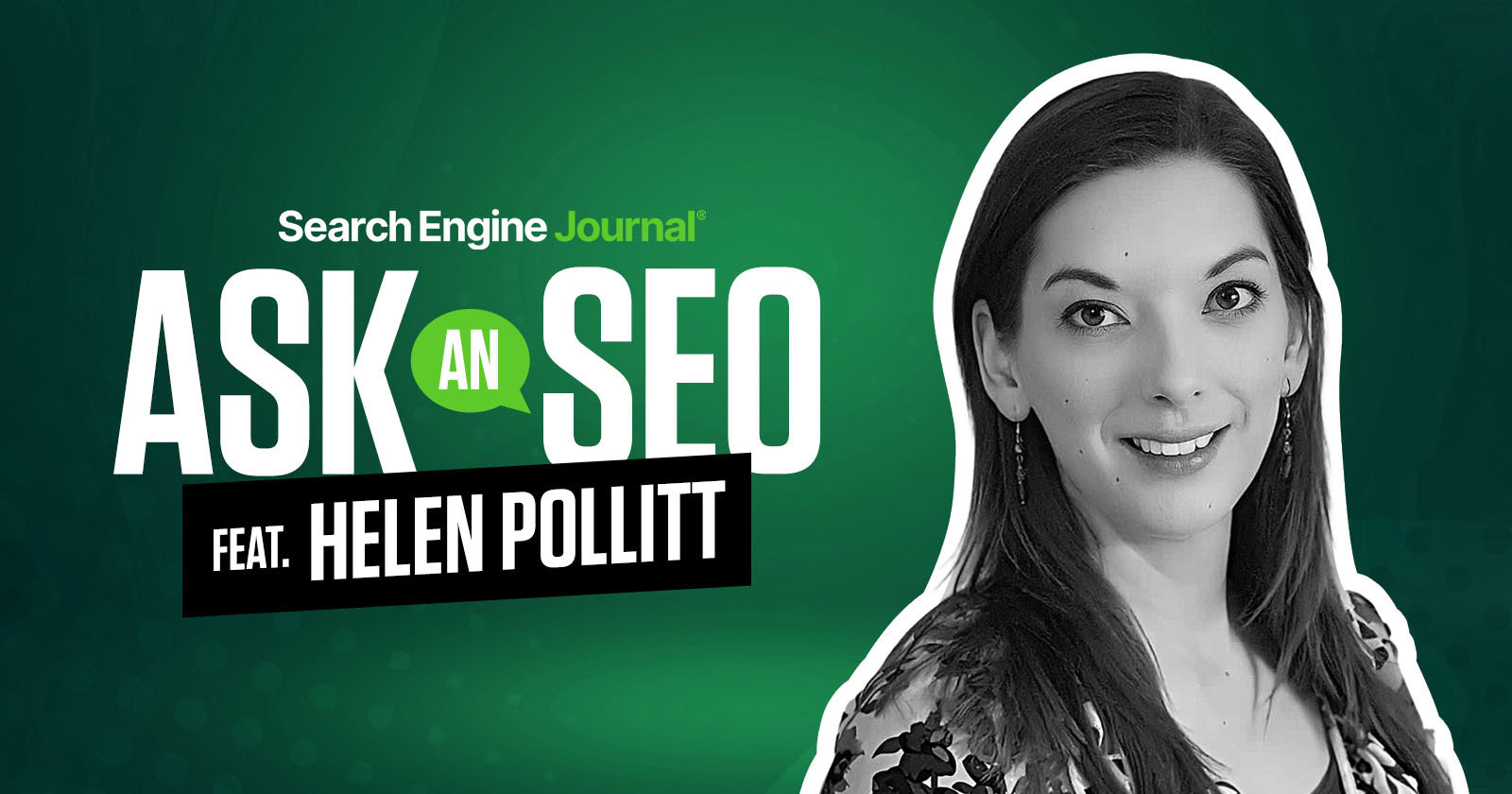






![How to Find Low-Competition Keywords with Semrush [Super Easy]](https://static.semrush.com/blog/uploads/media/73/62/7362f16fb9e460b6d58ccc09b4a048b6/how-to-find-low-competition-keywords-sm.png)
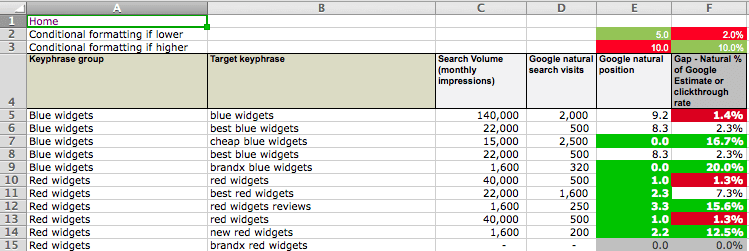

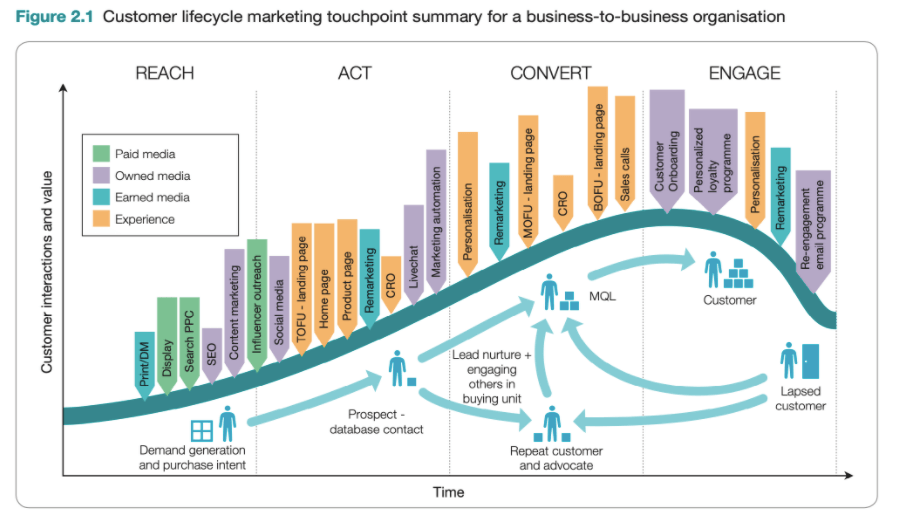




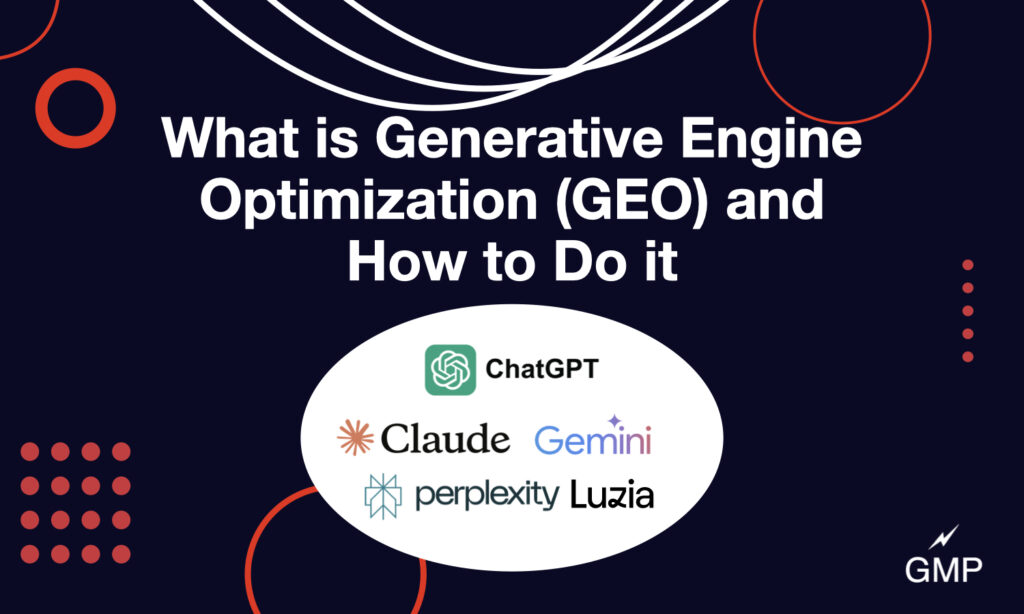



![How Marketers Are Using AI for Writing [Survey]](https://www.growandconvert.com/wp-content/uploads/2025/03/ai-for-writing-1024x682.jpg)

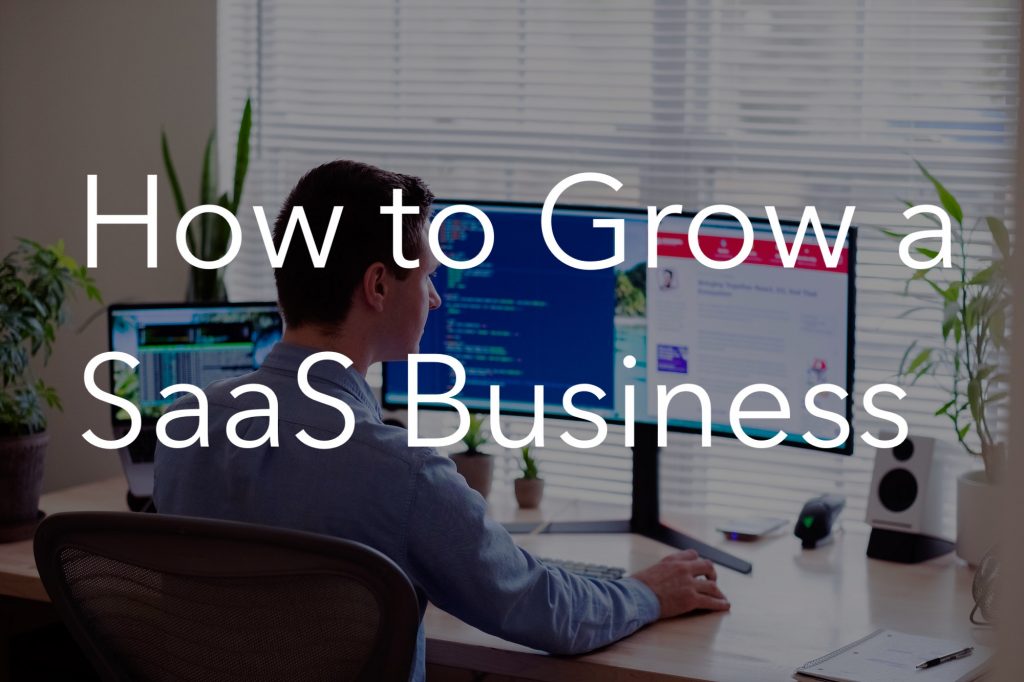

































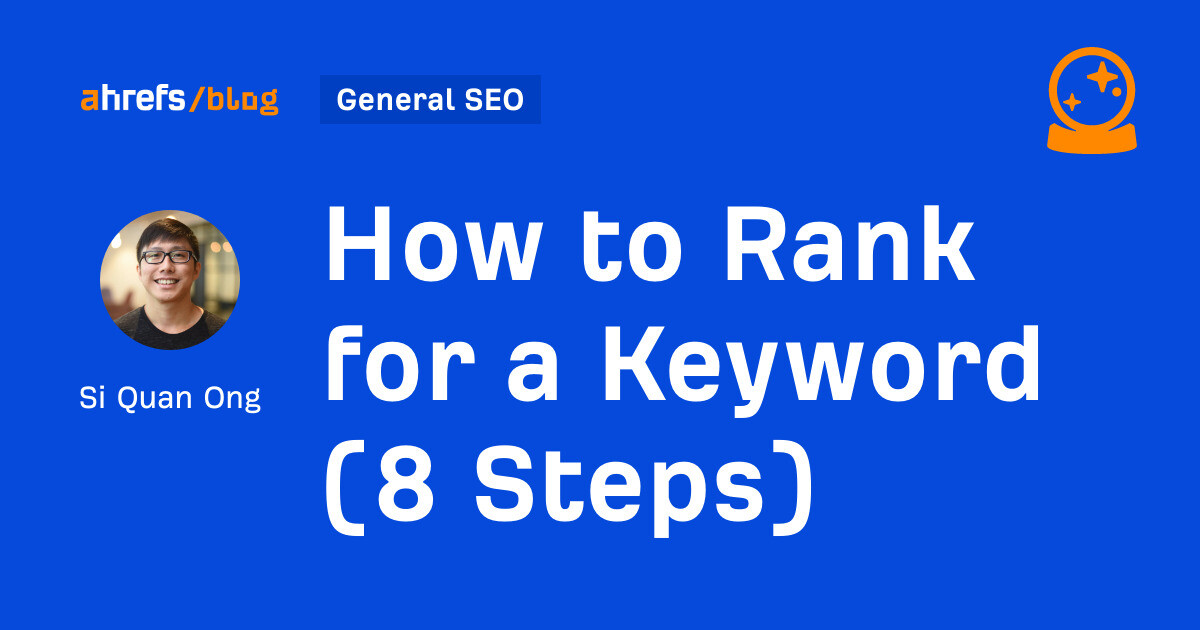
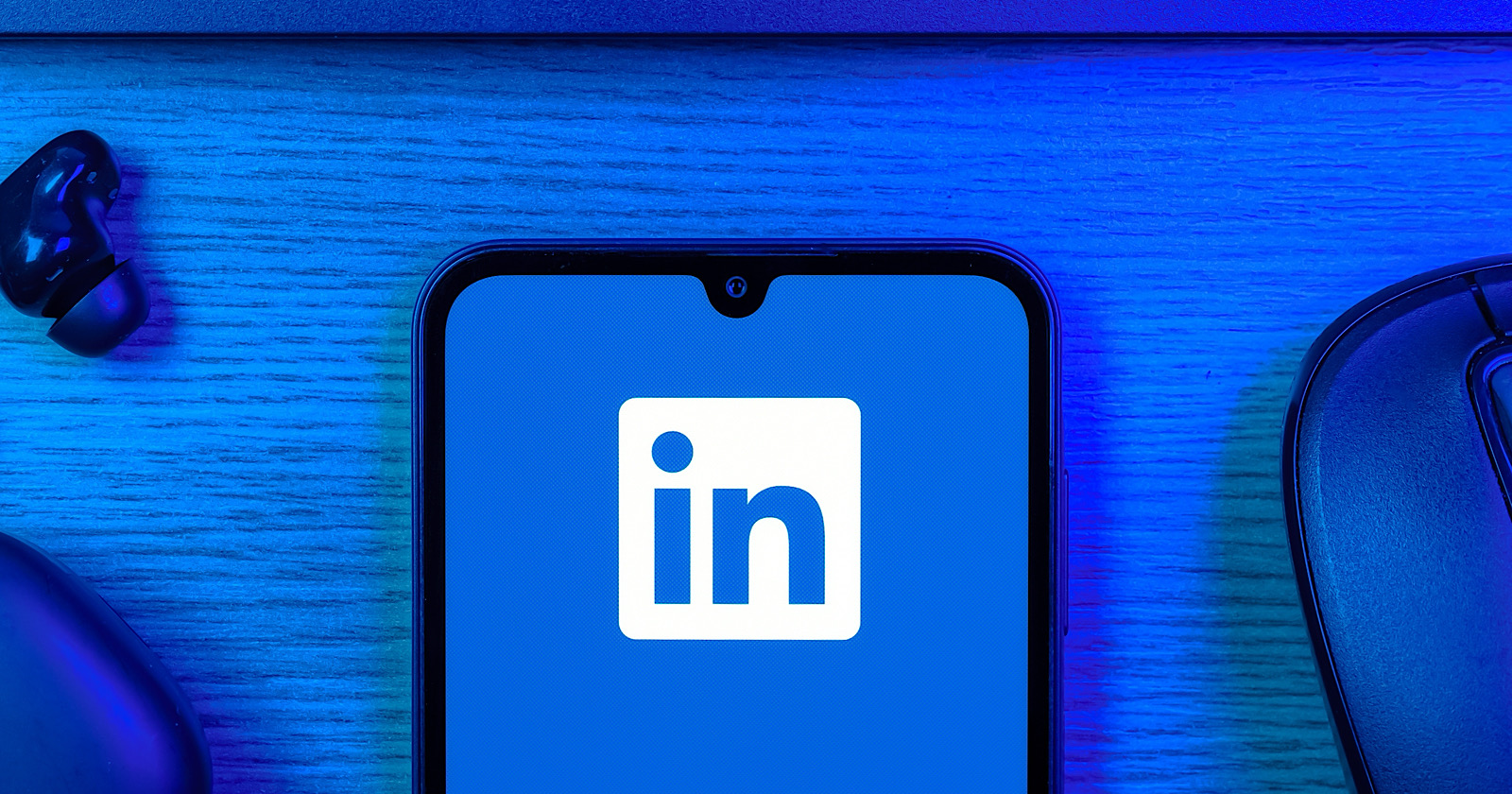
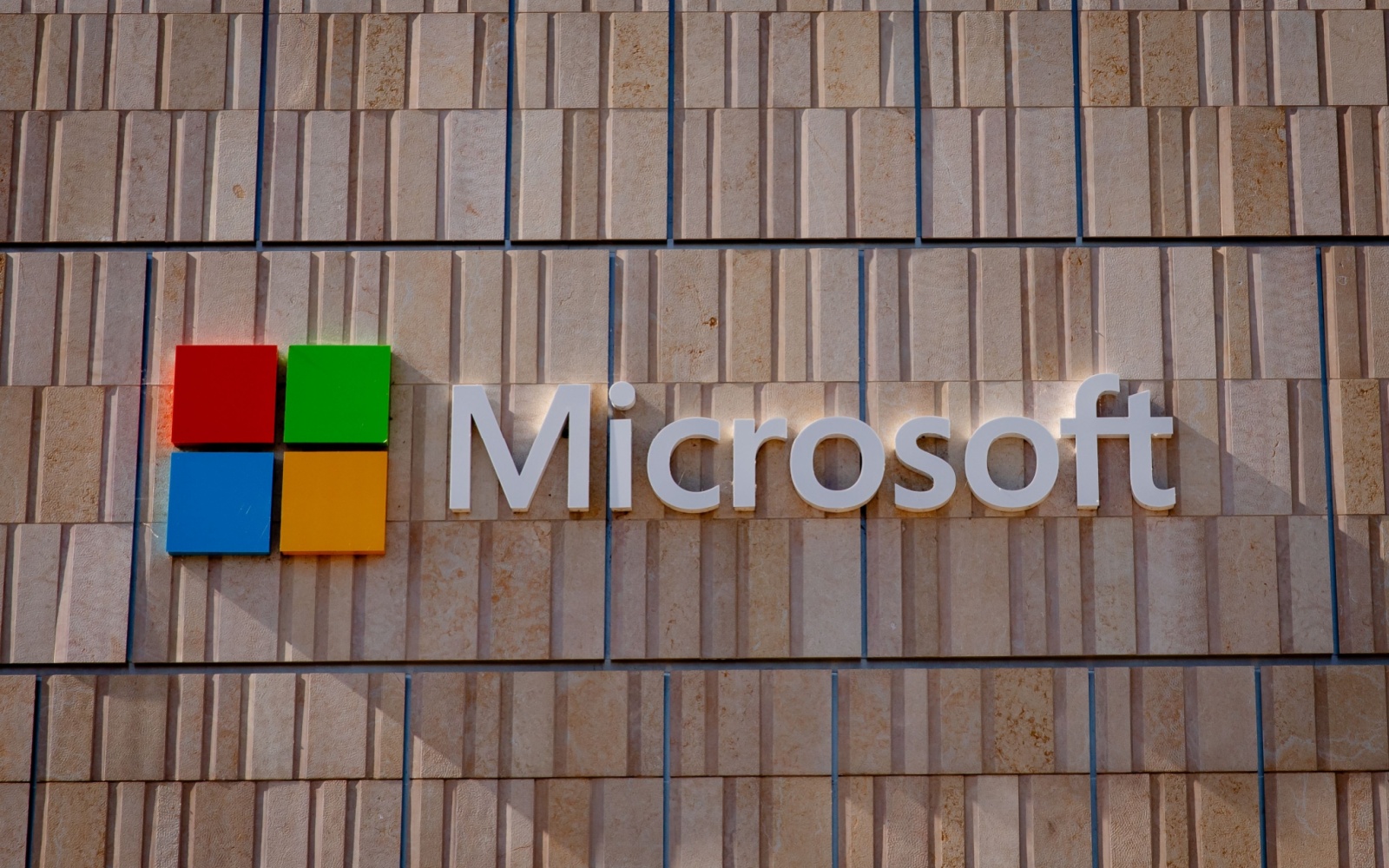

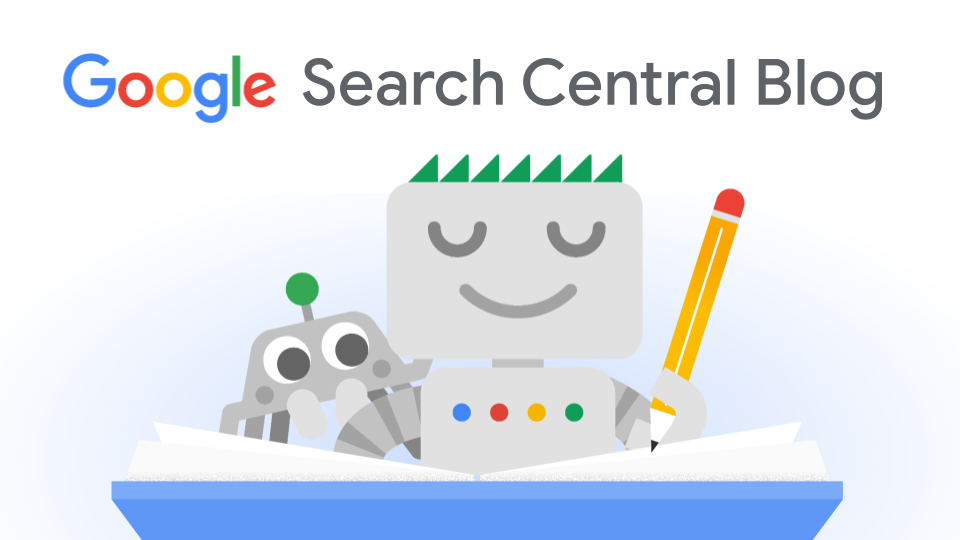





![Beyond ROAS: Aligning Google Ads With Your True Business Objectives [Webinar] via @sejournal, @hethr_campbell](https://www.searchenginejournal.com/wp-content/uploads/2025/04/featured-1-808.png)






